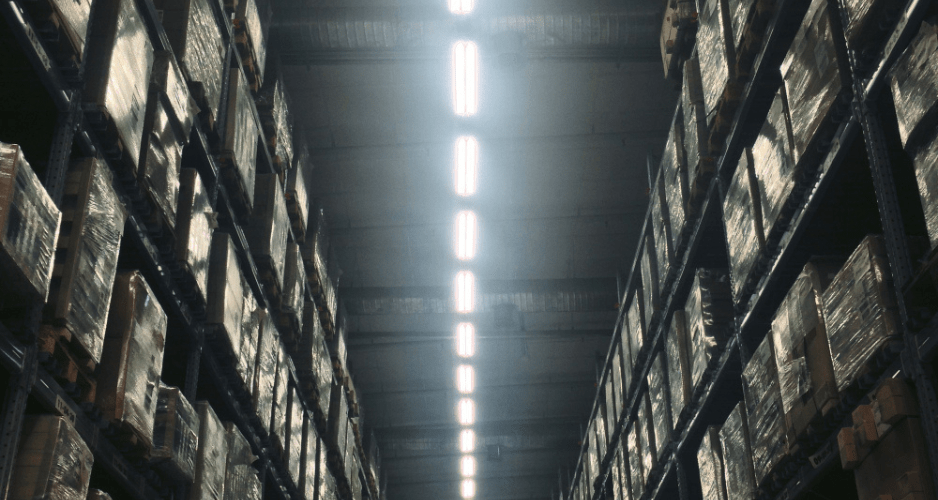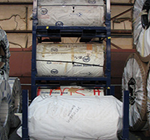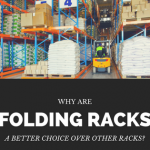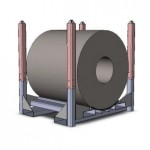Rust and Metal Corrosion: Signs to Watch for in Industrial Storage
In the realm of industrial storage, rust and metal corrosion are no strangers, posing significant challenges that demand our attention. A silent but relentless enemy, rust can undermine the integrity of metal components and stored materials, leading to potential safety hazards and financial losses. Understanding the gravity of rust-related issues is paramount, as it directly impacts the efficiency and longevity of industrial storage systems.

Understanding Rust and Metal Corrosion
When metals like iron and steel come into contact with oxygen and moisture in the air, they develop a reddish-brown oxide known as rust. When metals like iron and steel come into contact with oxygen and moisture in the air, they develop a reddish-brown oxide known as rust. When metals slowly deteriorate due to chemical reactions with their surroundings, this process is called corrosion. Corrosion involves the transfer of electrons between the metal and its environment which leads to the breakdown of the metal’s atomic structure.
Common Causes of Rust Formation
In metal industry storage environments, several factors contribute to rust formation on metal surfaces. The most common cause is exposure to moisture and oxygen, as water acts as an electrolyte that facilitates the electrochemical corrosion process. Additionally, contaminants like salt, acids and pollutants in the air or stored materials can accelerate corrosion. Furthermore, improper storage practices and lack of protective coatings on metal surfaces can exacerbate the corrosion process, making it essential to address these causes to mitigate the impact of rust in industrial storage settings.
The Impact of Rust on Industrial Storage
When metal surfaces develop rust, it starts to eat away at the material, slowly weakening it. In load-bearing structures such as racks and shelves, rust-induced weakening can compromise the overall stability, posing safety risks for both stored materials and personnel.
One of the critical concerns in industrial storage facilities is the contamination of stored materials by rust particles. Rust flakes and debris can detach from corroded metal surfaces and mix with products, posing various risks. In industries like manufacturing, rust on stored raw materials or components can affect the quality of the end products, leading to production delays and increased reject rates. Therefore, recognizing and addressing the impact of rust on stored materials is crucial for maintaining the reliability and value of products within industrial storage facilities.
Signs and Indicators of Rust Formation
A. Visual Cues to Identify Rust on Metal Surfaces:
Discoloration: Rust typically appears as a reddish-brown or orange-brown stain on the surface of metal objects. Visual spotting or patches of discoloration on pallets surface are clear indications of rust formation.
Surface Roughness: As rust develops, it creates a rough texture on the metal surface. If you run your fingers along the metal and notice a bumpy or pitted feel, it may be a sign of corrosion.
Peeling Paint or Coating: Rust can cause the paint or protective coating on metal surfaces to bubble or peel. Observe any blistering or flaking of paint, especially in areas exposed to moisture or outdoor elements.
Formation of Rust Pits: Rust pits are small holes that form on the metal surface due to corrosion. These tiny depressions can be visible on close inspection and are often an early sign of rust.
Staining on Adjacent Surfaces: Sometimes, rust from a corroded metal surface may transfer onto neighboring materials or surfaces. If you notice staining on adjacent objects, it could be an indication of rust nearby.
B. Changes in Appearance or Texture that Indicate the Presence of Rust:
Change in Color: Watch for any changes in the metal’s original color. A shift from its usual hue to reddish-brown or orange-brown tones is an unmistakable sign of rust formation.
Formation of Rust Blisters: Rust may cause the formation of blister-like bumps on the metal surface. These irregularities are caused by the expansion of rusting metal beneath the intact surface.
Surface Flaking or Erosion: Examine the metal for signs of flaking or erosion. Rust can cause the metal to weaken, leading to surface damage and loss of material.
Unusual Odor: In some cases, the presence of rust may emit a distinct metallic or musty smell. This odor can be an indicator of rust formation even before visual cues become apparent.
Preventive Measures for Rust Formation
Surface Preparation: Before applying protective coatings, ensure that the metal surfaces are clean, dry and free from any existing rust or contaminants. Proper surface preparation is crucial for the effectiveness of the coatings.
Rust Inhibiting Primers: Start the coating process with rust inhibiting primers. These primers create a barrier that prevents moisture and oxygen from reaching the metal surface, inhibiting rust formation.
Paints and Sealants: Apply high-quality paints and sealants designed specifically to shield the metal from environmental factors that can trigger corrosion.
Powder Coating: Powder coating is another effective method to protect metal surfaces from rust. The process involves electrostatically applying dry powder to the metal, which is then cured under heat to form a durable and rust-resistant finish.
Galvanizing: For outdoor or heavy-duty applications, consider galvanizing the metal. Galvanization involves coating the metal with a layer of zinc, creating a sacrificial barrier that corrodes before the underlying metal, preventing rust.
Controlling Humidity and Temperature: Control the storage environment by regulating humidity levels and temperature. Lower humidity reduces the moisture content in the air, mitigating the risk of rust.
Understanding the impact of rust and corrosion prevention in industrial storage is paramount for maintaining the integrity and safety of metal components and stored materials. Additionally, addressing rust-related challenges requires expertise and knowledge, making it essential to seek professional advice and services when dealing with heavily rusted components.
As a leading provider of industrial storage solutions, SPS Ideal Solutions offers a wide range of products and expertise to combat rust and enhance the efficiency and longevity of storage systems. By prioritizing rust prevention and management, industrial facilities can ensure the durability and reliability of their metal assets, fostering a secure and optimized storage environment for years to come.
About The Author










